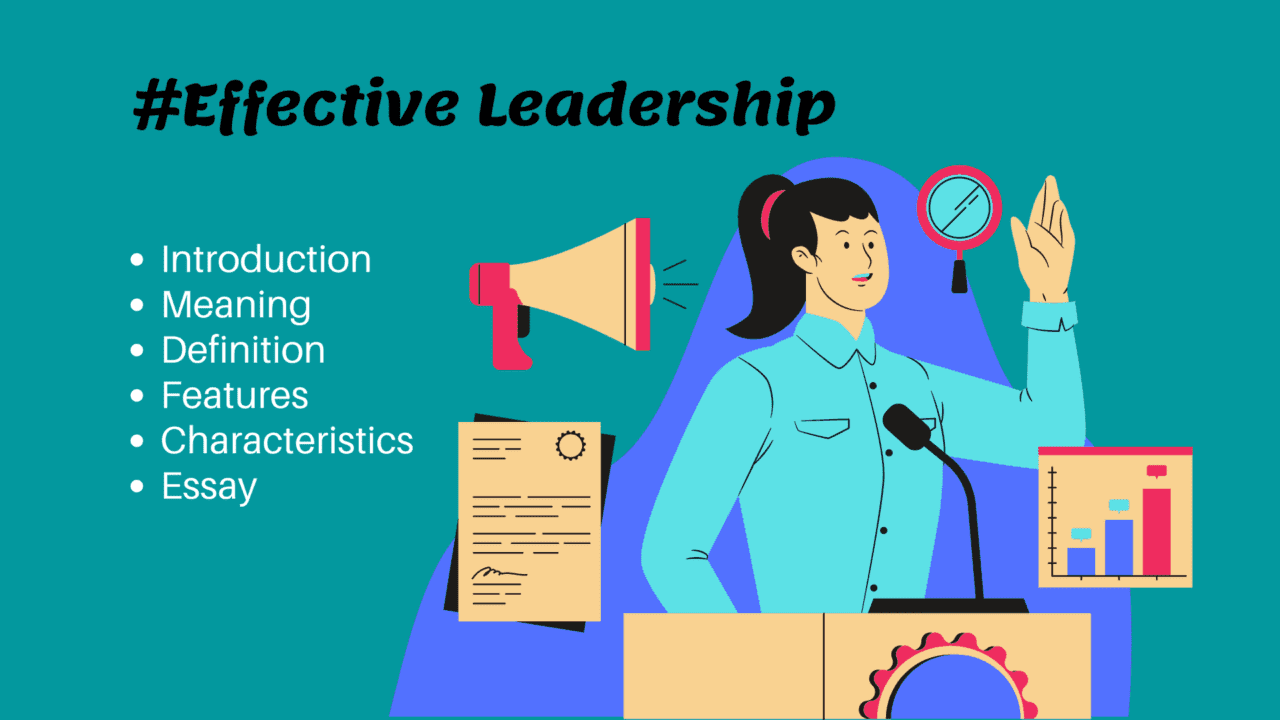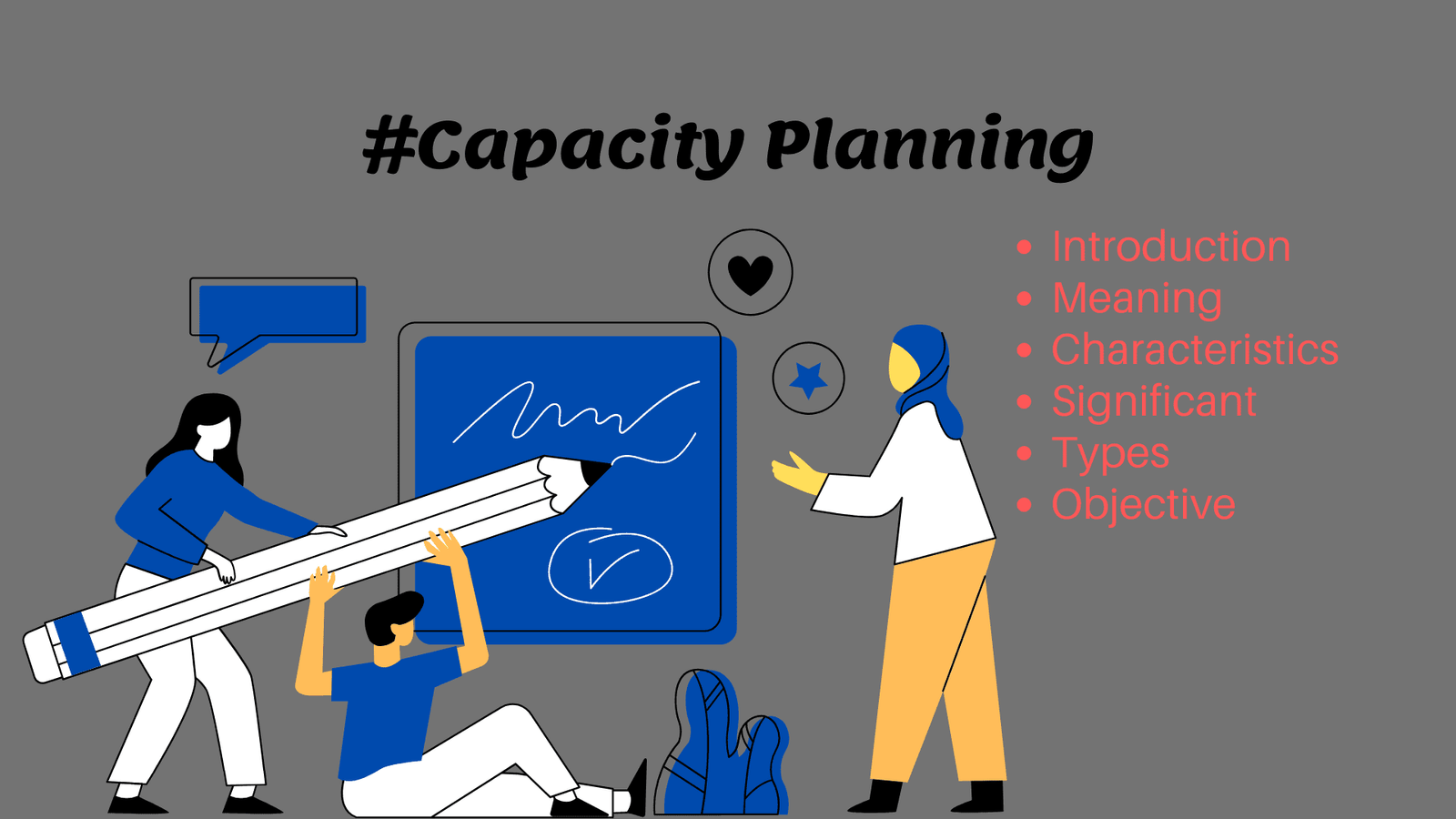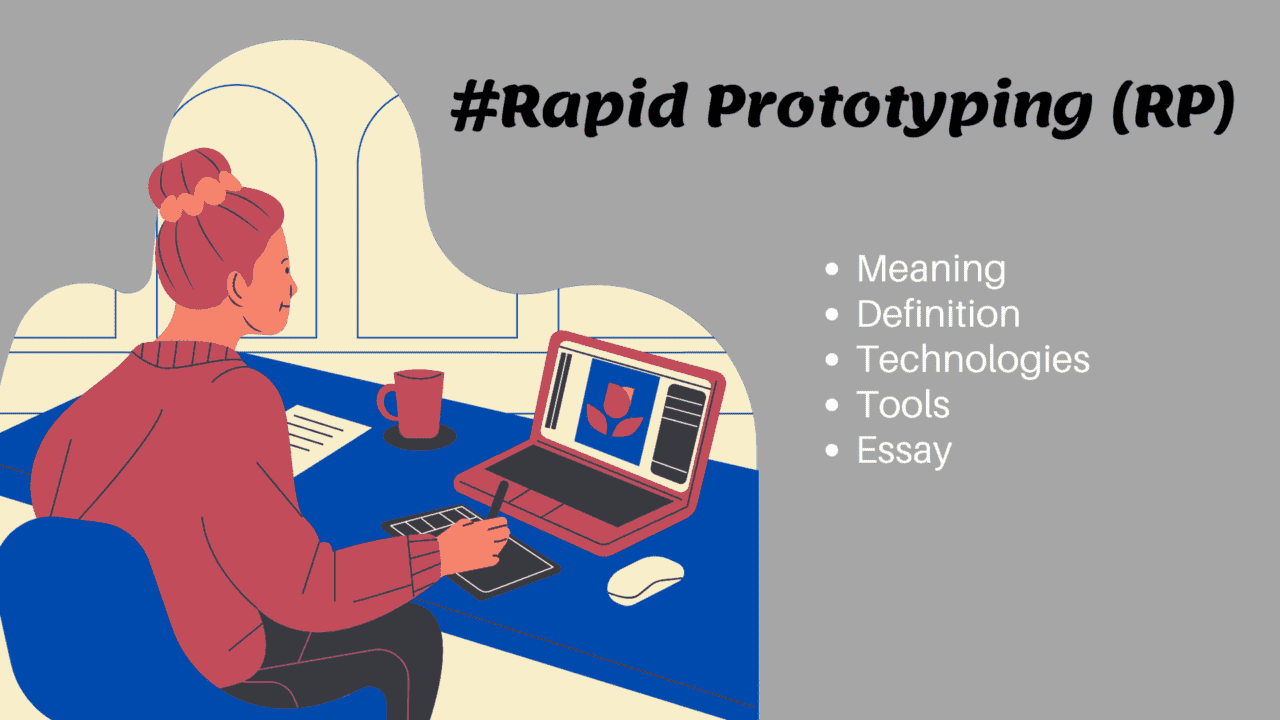What is the Enterprise Computing? Nowadays Information technology has immediate growth. Nearly every day there are new ideas to enhance the implementation of the technology. It cannot be denied that people who live today unconsciously depend on technology. Each task done by the people gets much help from technology. For an instance, a handphone that help us to communicate with our colleagues, the internet that serves certain time information for us, and much more technology which made our daily activity easier. At least we can follow technological progress so that we don’t leave behind.
Here is the article to explain, How to define Enterprise Computing as their Implementing idea with its Advantages and Disadvantages?
Technology has an important role both in our lives and business. A company or organization needs to know about the technology to help them to run their task more easily. They must change their manual way to the automatic one. The automatic system will help finish several tasks easier. There are several benefits if an organization or a company applies the automatic system. One of the benefits is reducing the production time. Time is an important aspect furthermore now. For one second it looks very expensive. The customer wants a product or service which available at a certain time.
This condition forces a company to work harder for supplying customer requirements. Another benefit is reducing the cost to hire an employee. The automatic system doesn’t need many resources to handle the task. For an instance is a telecommunication company. The company doesn’t need to require many operators to answer customer questions about their products or services. The customer only needs to dial a particular number suitable to the call center provided by the provider and they will serve by a voice system that will give all the information suitable to the customer’s requirement. With a handphone, a customer can get all the information regarding their requirements anytime, anywhere they want.
Introduction;
This is a fact that enterprise computing is helping to run a business whatever its scale or to make our daily activity easier. Suitable to the benefits offered by enterprise computing, it can reference or as a base to keep developing enterprise computing in the company it selves. Adopting an automatic system is a brilliant way for a company to keep producing and inventing for their customer satisfaction. See how it is important enterprise computing for a company to grow up their business and get more ratings from their customer.
Enterprise computing shouldn’t only be for big-scale businesses but also intermediate and small businesses too. Essentially an intermediate and small business needs to make an invention to grow their scale to be a greater company that follows the competition with another company. In this case, is about customer satisfaction and the effectiveness of work. There is a chance to grow up the scale of business to be the greater on is they can see the opportunity and keep adapting the technology which always changes every time. It is because the technology can apply to all business sectors. For an instance are healthy, agronomic, trading, farming, and many others. It is why a company required technology and enterprise computing in particular.
The Concepts of Enterprise Computing;
A company has its vision and mission to keep growing. It stood suitable with their target stated before. A company commonly wants an improvement in all business sectors. Begin with the essential aspect such as competent human resources, smooth production process, and of course good results for its customer. No company wants regression to happen in their business. Both Production Company and Service Company want a real improvement for their business. They won’t increase the effectiveness in doing their tasks, reducing production costs and getting a good result.
Then when the time has coming for a company to step their business level to the higher one. This company is in the transition phase from small businesses to the intermediate or the higher level. This phase force a company to change its system in doing all tasks. They must keep an eye on the technology trends. This is related to the pattern or the way how they do all the tasks. Usually, it stood triggered by customer requirements regarding their success in providing a product or service.
From the above illustration, a company must have a planning to make a brand new system for improving their available system now. In this case, enterprise computing is the best solution for a company. They offer an easier way to solve a complex task and produce better results in the end. It selves is an integrated system that helps a complex task by applying an automatic system or a computer. They have a tight relationship with information and technology. On the other side information and technology has a rapid development. Because of that, a company requires to follow the development of information and technology for applying enterprise computing it selves.
Explain;
They have various methodologies. It might be too complex to explain. But the main idea is to change the manual system to the automatic one. Imagine the old way of hiring an employee for the company. The HRD staff urgently needs to publish the recruitment opportunity with an advertisement. Then when the employee candidate knows about the advertisement, he must go to the company and ask whether the job is still available or not. This way is wasting too much time. Let us compare it with the automatic system. The HRD only needs to post the job on the internet and provide a form for the employee candidate than when the registrant is enough, the HRD just needs to call several candidates for the next interview process. See how it is more effective than the old way.
High analysis techniques and the right implementation of enterprise computing requirements. Enterprise computing is not an easy method. A company requires to prepare all the plans in a good form and deep analysis of their requirement and in were aspects they need to change. The transition phase looks like a challenge for a company to determine their futures. It might be a success or failure depending on what their plans are before. They must think about and forecast what probably happen with their plan yet. Then the percentage of success is higher than failure. In the end, there will be a great result from changing their system to be an enterprise computing. There are several benefits of enterprise computing. But it also has a weakness. These two aspects required analysis before applying enterprise computing for the company suitable with their condition yet.
How to Implementing Enterprise Computing?
Planning something is easier than implementing it. Several main steps need attention to implement enterprise computing in the current system. Here are the steps required.
Identify;
This is the root step of implementing enterprise computing. The entire problem needs to identify first. Each company has its profile, condition, and goal. They must gather it carefully. Essentially a company has the challenge to work more maximal. This is related to customer requirements. The customer has a requirement and a company need to satisfy them. If a company doesn’t identify it carefully, a customer might change their mind to move to another company that can provide an interesting product. In the end, this condition would be affecting to company’s income. Customer satisfaction is an instance of identification required aspect. A company must be more careful in this step. So that the entire required aspect for development would indicate a good pattern for smoothing the next step.
Analysis;
After the entire factor has stood identified, the company needs to analyze it one by one. In this analysis procedure, a company required an expert. A good expert can analyze a complex problem and break it down into a part. Then each part is able analyzed by them. The main goal is to determine a plan and solve the problem suitable to a company profile. If each factor is analyzed in a good way then it will be easier to determine the plan. At the end of this step is planning together with its functional concept and technical field that will be applied for the future. The concept of analyzing it selves must be applied to all business sectors without ignoring a little aspect. So that the entire process will be generating a good plan suitable to the company profile.
Planning;
The entire factors that have stood analyzed need to determine a plan. For an instance the determining of who will handle each task in the process, how far the anticipation if there is any problem, and the availability of the resource. The right plan will make the company easier to run the system in the future. In a planning process, a company needs to compare its condition right now. The goal is to use all available resources maximally. Then when the implementation is running this problem will not contradict the internal condition of the company. A good determination of a plan will make the process smoother. The plan to develop enterprise computing is only the beginning of all steps. The company needs to run this process faster and to the point to reduce the time. There are several complex steps forward.
Implementation;
Implementation is the main step of all recommended stages. The implementation step essentially is applying all plans conducted before. Implementation is the most complex step. However, a company doesn’t feel afraid to face it. The prerequisite is they already identified, analyzed, and planned a good strategy for this. Then at the implementation step, they will not face a big problem. The implementation step needs tight attention so that each plan conducted can be done smoothly. The diligence of all staff is also required at this step to prevent any problem occur that can be disturbing when running the implementation it selves.
Running;
The next step after the implementation of enterprise computing is running the new system. This is the time for the new system to get tested. Good testing is a testing process that covers all details of the system. Then if there are any defects found, it can revise faster. A good system is a system with a minimum defect but usually, there is no perfect system. Suitable to the previous statement, a company should be investigating the system carefully for its benefit in the future. A company needs to compare the new system with the old one so that if there is any useful part of the old system, it can be applied to the new one to get supported.
Maintenance;
The maintenance phase is the right step to review the new system which has done. At this phase, it might be raising any unpredictable defect. The defect raised can be bigger or just a little. If this thing happened, the company needs to make the right problem-solving at a certain time so that the running system will not disturb any revising system. The stability of a system is a dream for each company in the world and it might be prestige to another company for them. A company may get an award if it invented a new system that runs smoothly. When the system is running properly then a company will get the benefit of doing the entire job.
They are six steps that need to get special attention from the company in developing an enterprise computing system. A company requires to run the entire steps in the right way, so the process of developing an enterprise computing system can be running smoothly and generate a good system in the end. When building the system all staff need to work together. The goal is to gather all information regarding the current condition of a company. It was important because each staff has a different point of view that may conduct to be a good idea. Then when the system is ready to use, all staff will know how to run the system properly. In the end, it might be not easy to develop an enterprise computing system but for the internal improvement of the company, this method can implement in the current system.
Advantages and Disadvantages of Enterprise Computing;
There are several reasons why enterprise computing might fail to construct. As mentioned above enterprise computing required a deep analysis before implementing it into the current system. The company is required to see from many points of view and recognize the information technology development. Then after all careful analysis, the plan should be conducted in a good form. The plan must cover all company requirements. The most important aspect to analyze before all steps of conducting enterprise computing is the advantage and disadvantages of it selves. With these comparisons, the expertise in the company can determine the best way and also look for good opportunities to implement enterprise computing.
Here are several main points of advantages and disadvantages of enterprise computing in improving business processes.
Advantages;
Increase productivity;
This is the main advantage of enterprise computing. With enterprise computing applied, a company can increase its production. Then they will be generating a product or service suitable to their customer’s requirements.
Reduce operational costs;
Enterprise computing doesn’t need many resources involved in the system. For an instance is the process of recruiting an employee. Also, The old system might be requiring two or more HRD to handle the task. With enterprise computing applied, it might be able to do with only one HRD. The HRD only sits at the front of his desk and waits for the candidates to fill out the recruitment form online.
Reduce operational time;
An instants product or service became the main aspect today. The faster is better. Enterprise computing is offering minimal production time. The main concept is the difference between a conventional system and the automatic one. The automatic system is offering a better production time than the conventional way. Each complex task can be done by an automatic system without a problem.
Gain more results;
Customer satisfaction is a good result parameter for a company. Customer doesn’t care how the process is, they only want their requirement provided by a company anytime they need them. This condition forces company to gain more results. Again enterprise computing is offering this.
Disadvantages;
Required high problem analysis;
It might be hard at the beginning of enterprise computing. As mentioned above high analysis is required before conducting the system. There are many aspects to be analyzed in the beginning. Then the company did not make any mistakes in its planning.
The complex at the beginning;
The complexity of enterprise computing might be hard enough to implement in the beginning but it will not be a trouble anymore in the future. The complexity happens if there is no deep analysis of the problem occurred. This aspect also needs to get attention for the development of enterprise computing.
Threat from an external resource;
An external resource such as a virus needs to get particular attention. The integrated system has a rapid data exchange inside the network. It triggers a new thread of virus attacks. The system must be able to defend itself from external threats. Installing a suitable antivirus is a good idea to keep the system running healthy and free from virus attacks.



















